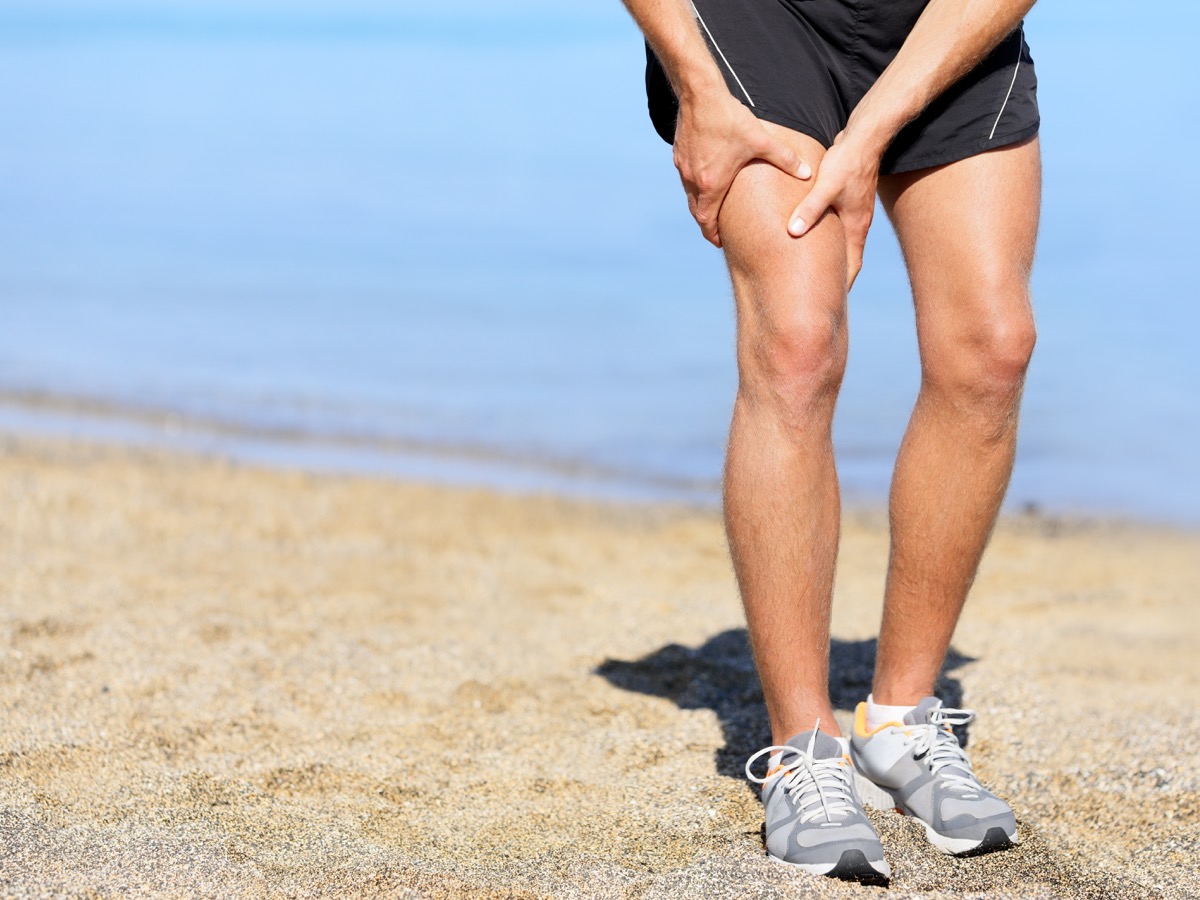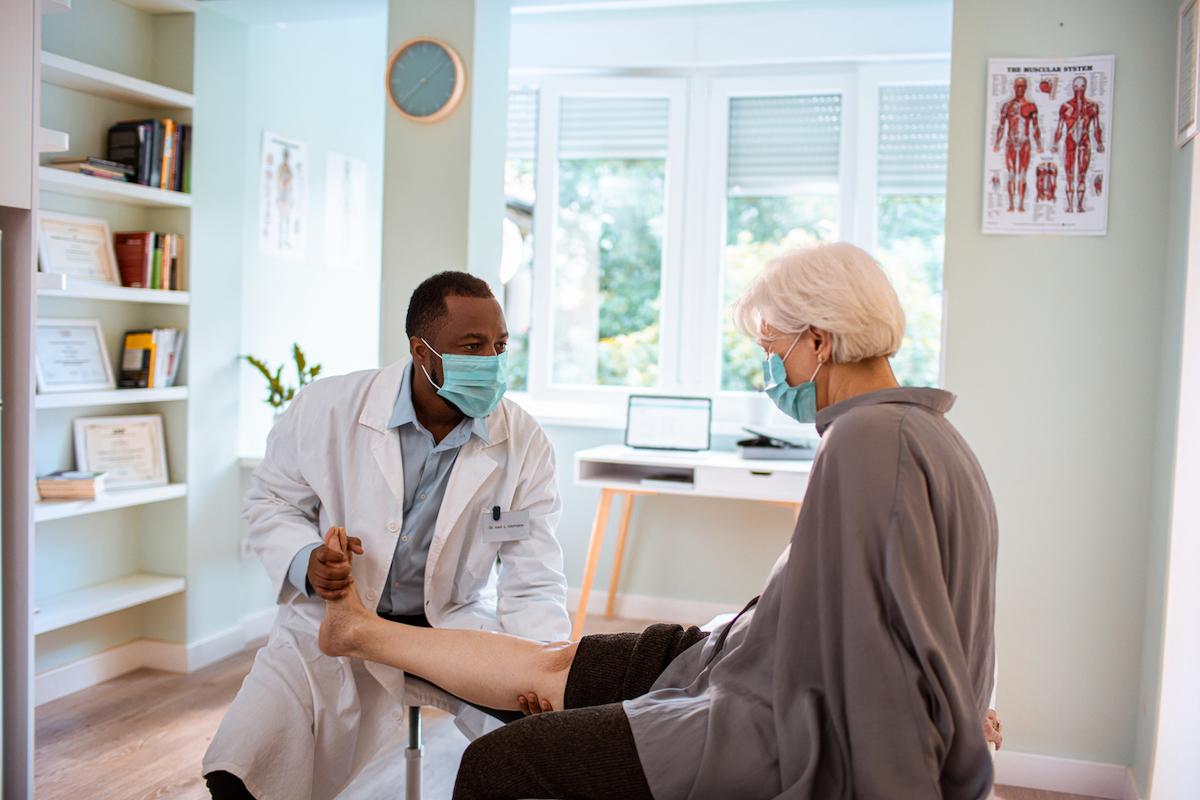From tomsguide.com
If you’re experiencing sciatica, you may find that exercise can help with your symptoms — these are the best ones to try
If you're already suffering with sciatica, you'll know that it can affect lots of your body, and cause lots of pain. You may think that sciatica can prevent you from doing lots of the workouts and sports that you enjoy, but exercise is actually quite helpful to alleviate symptoms.
We spoke with Beth Davies, a Personal Trainer and coach to find out more about the link between sciatica and exercise, and how working out can help with sciatica pain symptoms.
What is sciatica?
Sciatica pain is caused by irritation, inflammation, pinching, or compression of a nerve in the lower back, known as the sciatic nerve. The most common cause is a herniated or slipped disk that causes pressure on the nerve root. There may be some numbness or tingling in the back of the leg and it typically affects just one side. Most people with sciatica get better on their own with time and self-care treatments.
Can exercise help with sciatica?
Whilst it may seem counterintuitive, being sedentary may make sciatica worse.
Exercises for sciatica can help improve muscle strength. Stronger muscles in the affected area may take weight off the surrounding muscles. Stronger back muscles can also help stabilize the back and promote good flexibility.
As well as this, exercise helps improve blood flow to muscles and nerves. This helps move fresh blood and nutrients to the area as well as promoting the removal of toxins and inflammation.
Exercise can also help improve soft tissue and nerve health. A study from 2016 found that targeted exercises for sciatica helped improve markers of nerve health by stimulating the nervous system to improve flexibility and reduce stiffness and sensitivity.
Which exercises should you avoid?
Be careful with high-impact exercises such as running or jumping, or very challenging core exercises such as double leg lifts, may make sciatica worse.
What are the best exercises for sciatica?
Exercises that can help relieve sciatica include low impact exercises such as walking and gentle strengthening and stretching, but we've found some of the best exercises for sciatica below:
Pelvic tilt
This is a great exercise for strengthening and stretching the muscles of the core (particularly the deep core) and lower back, which provide support for the rest of the body.
Lie on your back with knees bent and feet gently on the floor, and extend your arms along the floor with palms facing the floor. Allow the back of your head to touch the floor with a neutral spine (this means maintaining a natural curve with a small gap between your lower back and the mat), and inhale. As you exhale, gently draw in your lower abdominals to tilt your tailbone upwards. This will reduce the space between lower back and the floor. Inhale and return your pelvic back to its original position, before repeating 5-10 times.
Here's a YouTube video explaining the move.

Bridge
This is a great exercise for strengthening the core and the glutes which help with support and stability.
Start by lying on your back on the floor, knees bent and feet on the mat. Extend your arms alongside your body with palms facing the floor, and inhale. As you exhale, gently press through the feet and raise the hips — aim for a straight line from shoulders to pelvis (if comfortable). Hold for 8-10 seconds and then lower and repeat. Take care not to lift the hips too high as this may put additional pressure on the lower back, before repeating 5-10 times.
Here's more on how to do a glute bridge, and the variations to try.

Cat cow
This yoga-inspired pose improves movement in the lower back and therefore can help improve spinal flexibility, posture, and balance. On all fours on the mat (hands under shoulders and knees under hips), find a neutral position. There should be a gentle curve in the lower back but no sagging in the hips or shoulders. Inhale and round your back towards the ceiling, holding for a couple of seconds. Exhale and release returning to a neutral position. Inhale to point the tailbone upwards towards the ceiling, hold for a few seconds and then exhale and return to neutral. Repeat 5-10 times.
Here's more on how to do a cat-cow stretch, and the modifications to try.

Lying glute stretch
Lie on your back with knees bent and feet flat on the floor, and bring one ankle up, allowing it to rest on the other knee - this externally rotates the hips and provides a gentle stretch to the glutes. Hold for 30 seconds and then repeat the other side. You can also make this stretch more challenging by bringing the foot of the supporting leg off the floor and using your hands to draw that thigh closer to you. Hold and repeat a few times.






